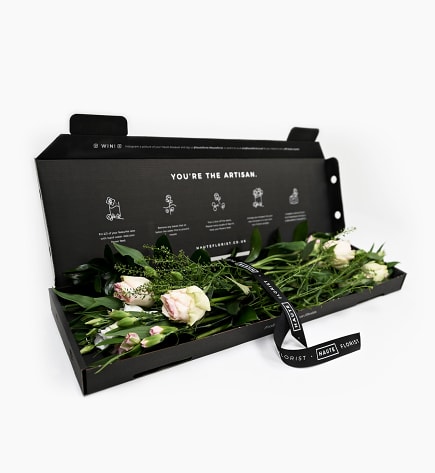
Submerged flower design advice
Not all flower arrangements are set in vases. There are so many other ways in which blooms can be arranged and displayed. One interesting way of display fresh blooms is by creating a submerged flower design. Many people have never tried this kind of flower arranging technique. Here is what you will need and here are the steps you need to follow.
What you need:
- Flowers of your choice (orchids, lilies and open blooms are all great)
- Foliage and/or branches
- A transparent vase. It can have just about any shape as long as it is transparent.
- Sinkers (weights used for fishing) to hold your flowers under the water.
- Decorative items like stones, rocks, seashells and so on.
- Fishing line
- Floral tape
- Distilled water (it will not make bubbles in your submerged flower design)
- LED lights (optional)
Directions:
- Begin creating your submerged flower design by thoroughly cleaning and rinsing your vase.
- Plan your design so that you know how many flowers you will use and where you will place each stem of foliage. You should make sure that each flower is arranged at a different level rather than placing them all at the same height.
- Whether you use fresh flowers or artificial blooms, you will need to trim the stems.
- Make sure that you test each of your artificial flowers individually to make sure that they colour does not run!
- Use floral tape to secure the stems together and ensure that they are properly spaced apart and they don’t move around.
- Attach the fishing line to the stems and add a sinker or two to hold them down.
- Insert your blooms into the vase.
- Place vase fillers to conceal the sinker.
- Add water until your flowers are completely submerged.
- You can add waterproof LED lights if you like. This is great for centrepieces set on dinner tables.
Fresh flowers will not last as long in a submerged flower design. This is why many people opt for silk flowers instead. Make sure that you choose high quality artificial flowers. This is important because, any minor defect will be magnified as soon as they are placed under water. It’s also a good idea to avoid using flowers with lots of pollen or thin petals.
